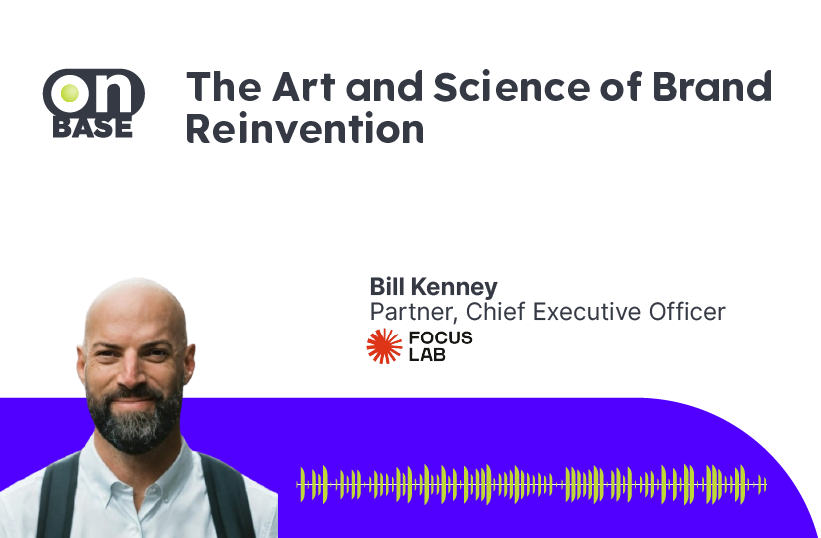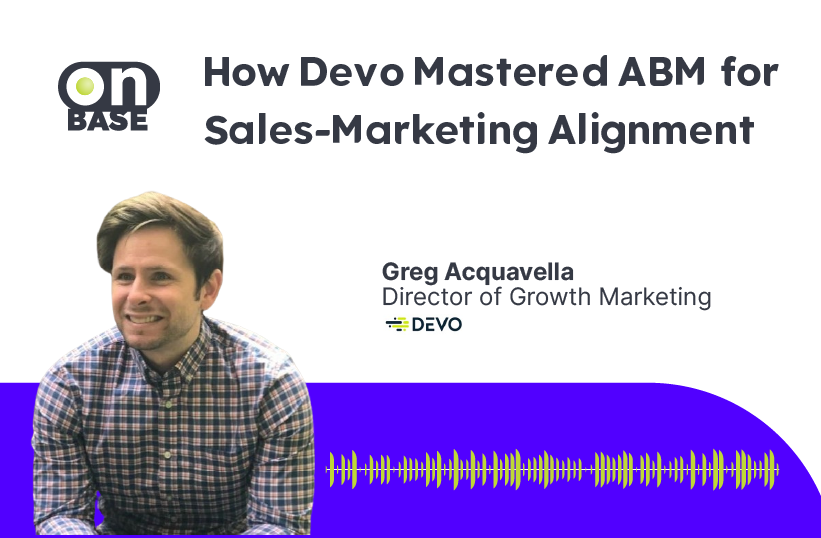
Crawl, Walk, Run – A Journey Towards ABM
Shownotes
How do we make a captivating story that can grab the audience’s attention? In this episode, Teresa shares how storytellers use a variety of methods to create compelling narratives, including interviews with users, ideation sessions, and affinity clustering. In addition, she discusses the importance of formulating a clear value proposition and developing a story that is concise, accurate, and resonates with the audience. Listen in!
About the Guest
Teresa Elliott is the Director of Industry Marketing and Digital Twins at Bentley Systems. She loves civil infrastructure – with everything from planning and design to GIS and asset performance solutions for utilities and transportation. She loves storytelling and working with users, industry analysts, and the media. – On digital transformation topics in AEC, helping to improve the understanding value of digital advancement and digital twins in support of reliable, resilient, and sustainable infrastructure. She has authored and co-authored several articles. And she is currently an Executive MBA student at Auburn University.
Key Takeaways
- The key part of storytelling is identifying the key persona and developing a value proposition statement before writing the story.
- The company is not the hero of the story; it is the prospect. The goal of storytelling is to show the transformation journey of the user through us.
- Marketers need to focus on the quality and consistency of their data in order to make better decisions.
Quote
“Another element of storytelling that’s part of your foundation is formulating a clear value proposition… Sometimes, people mix value proposition with messaging, but the value proposition is really the facts before the messaging. What are the facts that need to come out in the narrative you’re going to build?”
– Teresa Elliott
Highlights from the Episode
Can you tell our listeners about the process people go through as storytellers to create compelling narratives?
The keys are to understand how to create compelling narratives by first identifying the key persona, then brainstorming the most important pains and gains, and finally formulating a clear value proposition. Once those elements are in place, the story can be written in a variety of styles that tap into emotion and are relatable to the audience.
How was your experience deploying ABM? What were some of the challenges you came across?
The first challenge the company, Bentley Systems, faced was learning how to use the new technology and how to present content in a way that would be most effective. The second challenge was figuring out how to best engage existing users when introducing new technology.
Can you share some of your learnings with our listeners?
ABM can be extremely helpful in targeting specific accounts and understanding what the key decision-makers within those accounts are interested in. However, there is still the need to figure out how to best scale ABM activities to be useful for the account managers and not become a burden. Additionally, we need to make sure that we’re providing targeted content that is relevant to the interests of the key decision-makers within each account.
Analytics has come to play a huge role in marketing over the last few years. According to you, how important has measurement become for Marketers, and where do you see this trend heading?
Analytics have become extremely important for marketers in recent years, and this trend is likely to continue. Marketers need to focus on the quality and consistency of their data in order to make better decisions. Additionally, it is important for marketers to partner with IT organizations in order to ensure that they have the right reporting tools in place.
How are you and your organization adapting to the current economic downturn?
The organization is adapting to the current economic downturn by being more efficient in its marketing activities and by trying new things. They have also shifted back to physical events, such as live events and virtual events, and optimizing marketing programs.
Is there a book, blog, newsletter, website, or video that you would recommend to our listeners?
Shout-outs
Brené Brown – Research professor at the University of Houston
Phill Agnew – Senior Product Marketing Manager at Buffer, Host of Nudge

Sunny Side Up
B2B podcast for, Smarter GTM™



